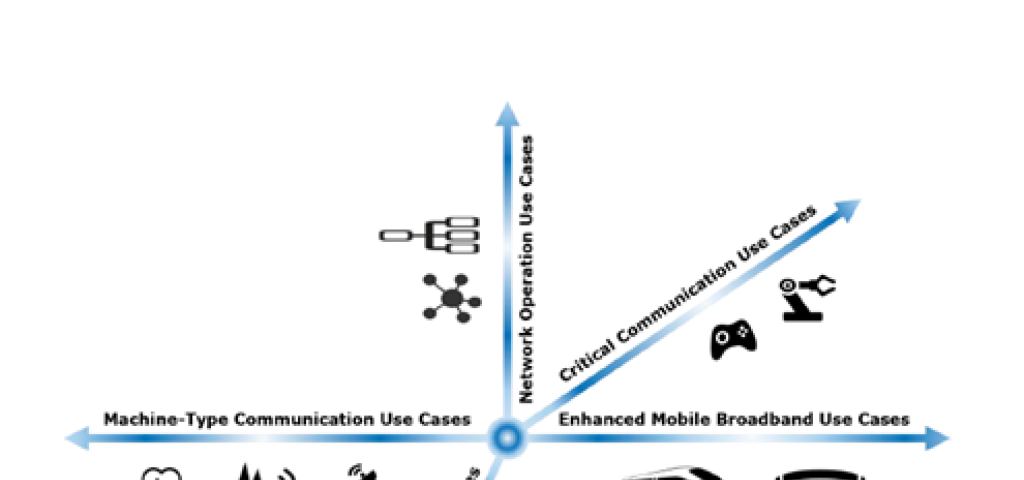
Network Virtualization goes well beyond Telecommunications. Here’s what you need to know.

I can’t help notice that the line between what is considered technology for telecommunications vs industrial control and other operations technology applications is becoming blurry. Software is being used in more instances across more industries because it provides a level of flexibility and cost savings like we’ve never seen before.
At Wind River we are seeing the movement toward using software for critical infrastructure platforms. Critical infrastructure includes many of the processes, systems, facilities, networks, and technologies that governments deem essential to the health, safety, security, or economic well-being of their citizens.
Central to this movement is network virtualization. Network virtualization could refer to a large centralized cloud infrastructure, or it could refer to on-premise industrial control equipment and all points in between. The point is to move applications that previously ran on function-specific hardware into a virtualized environment in order to optimize efficiency, drive down costs, be more flexible, and deploy faster. We have some customers who want to virtualize their telco core and edge applications, others targeting their industrial control applications, and yet more leveraging virtualization for their power generation applications, just to give a few examples.
Where it gets really interesting is when you start talking about the use cases that virtualization enables. Use cases like workload consolidation and digital twin for optimizing efficiency in an industrial control setting, connected and/or autonomous vehicles in automotive, augmented and virtual reality, or just being able to deliver high definition entertainment to mobile subscribers without overloading the network – all rely on some level of virtualization in order to deliver the desired outcome. These desired outcomes are driving big industry trends like 5G in the telco space and Industry 4.0 in industrial.
Of course, no massive opportunity that comes from adopting new technology comes without risk and requirements, and nothing good comes easy. This is why we worked with Heavy Reading analyst Jim Hodges to study some of the key Software Platform Design Strategies for Critical Infrastructure.

In this report we examine some of the industry trends, specific technologies, and requirements for virtualizing critical infrastructure and critical applications. This paper discusses the impact of mobile technology on IoT and Industrial IoT use cases. In particular the report discusses the role of network slicing, a key component in 5G, on service delivery to connected devices. Another critical consideration is security. As more devices become connected, security becomes more complex – and more important. The paper also talks through an interesting use case that ties many of the pieces together and shows how this new technology can be applied to many other industry verticals.
We also aired a web seminar on the same topic where Jim and Wind River’s Charlie Ashton sat down to discuss some of the critical infrastructure design strategies in detail.
Whether you prefer to read, watch, or both – we think you will find this information valuable as you consider your next step in network virtualization, regardless of which industry you are in.


